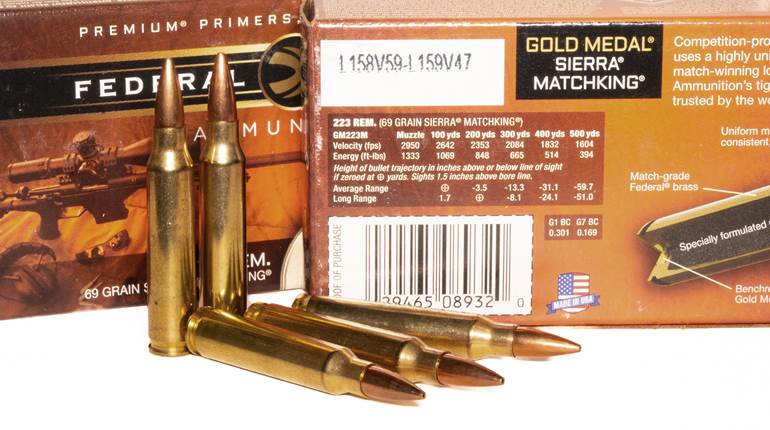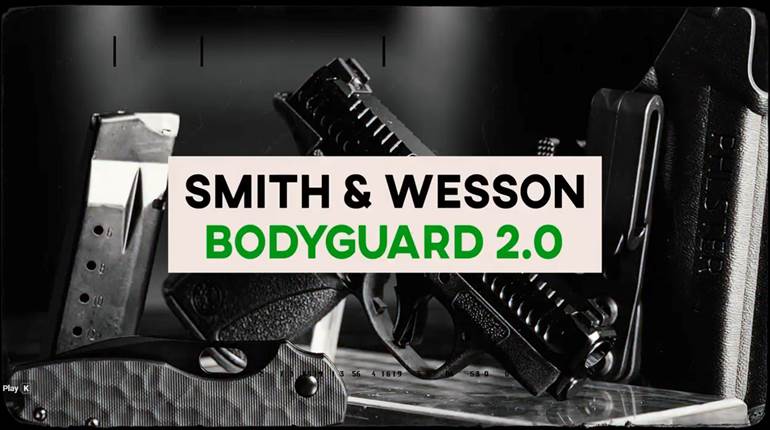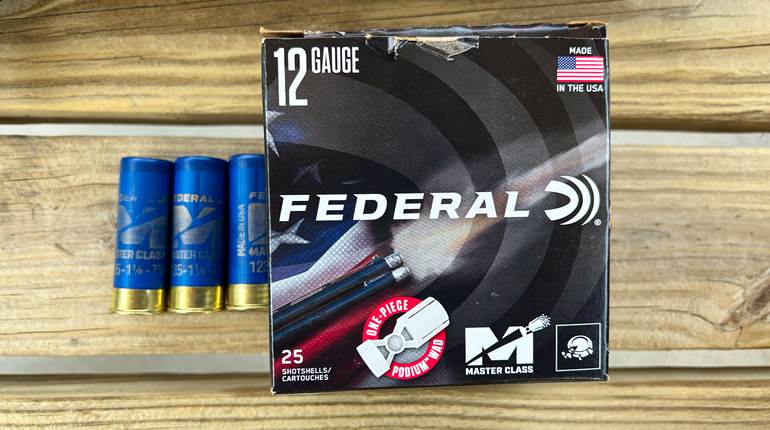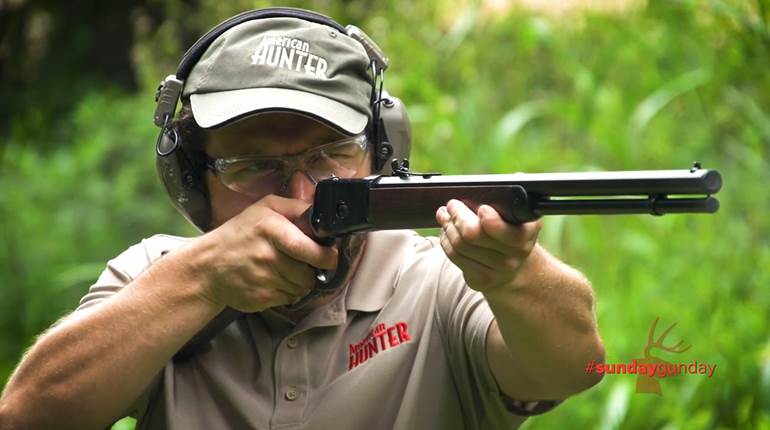
The Colt Pocket Automatic Pistol—now normally referred to as the Model 1903—was a big success for the company. It is a small, flat and relatively lightweight pistol that can be easily hidden in the pocket of a coat. But by 1908, there was a desire—just as today—to cram more power into a pocket-size pistol.
The story goes back to none other than John Moses Browning, who designed a .35-cal. cartridge for his Model 1900 pistol. That cartridge, called the .38 Auto, featured a semi-rimmed case that measured 0.900" (23 mm) long. For the Colt Pocket Automatic Pistol, it was a case that was too long, and the semi-rim stood too proudly to function in that pistol’s magazines. So Browning elected to remove the offending rim and make a case that was truly rimless. He also shortened it to 0.680" and added a zero to the caliber designation, thus creating the .380 ACP cartridge. Colt still called the gun the Colt Automatic Pistol, but now it is known as the Model 1908. The pistol and cartridge were an instant success, and by 1912, Europe adopted the cartridge for use in many semi-automatic pistols, where it is known as the 9x17 mm or 9 mm Kurz. Soon, other makers started playing in the .380 market.
In addition to Colt, Savage came to market with its somewhat-futuristic-looking at the time Model 1915 in .380 ACP. For Savage, the repeating pistol design wasn’t much of a success, as production lasted just several years. Fewer than 4,000 were made. Today, the Savage Model 1915 has something of a cult following, and it’s desirable to collectors of the odd and rare. Late during World War II, High Standard made a Model G .380 pistol under government contract. The war ended and with but a single pistol submitted, the government canceled the order. High Standard tried, and failed, at selling the Model G .380 in the civilian market. Remington made a Model 51 pistol from 1918 to 1926 that was also chambered for the new-at-the-time .380 ACP cartridge.
 John Browning's .380 ACP cartridge (l.) shown next to the previously developed .45 ACP cartridge (r.).
John Browning's .380 ACP cartridge (l.) shown next to the previously developed .45 ACP cartridge (r.).
It was the Europeans who really took to the round. Fabrique Nationale (FN) took to another one of John Browning’s subsequent designs and marketed the Model 1910 pistol. This popular design from FN came chambered for either .380 ACP or .32 ACP and enjoyed a production run from 1910 to 1983. The Model 1910 also served as the foundation for other European designs in the 20th century. Another variant of Browning’s M1910 came to fruition as the Model 1922. This pistol was widely used in Europe for police and military service during World War II. The .380 ACP continued to garner attention throughout Europe. Beretta took its Model 1915 and morphed it into the Model 1934 chambered in 9x17 mm Corto—the Italian designation for .380 ACP. The ’34 served as the service pistol for the Italian army and was produced until 1991 with more than 1 million copies made. The Spanish firm Astra brought out its Model 300 for the little .35-cal. cartridge in 1923. It initially armed Spanish prison guards but achieved greater acceptance with the German military during World War II.
The .380 ACP has been very popular and continues to be so today. People like small, easy-to-carry pistols that are easy to deploy. Power-factor purists may disagree with the lethality of .380 ACP, claiming that the round is too weak to reliably stop an aggressor. So what is considered to be “weak” ballistics? Ammunition manufacturers tend to load the .380 ACP with 85- to 90-grain bullets and anticipate roughly 1,000 f.p.s. from a 3.75" barrel, on average. Hornady gets that velocity with its Critical Defense loads using a 90-grain FTX hollow point. The now-defunct RCBC Performance Plus company once loaded a 45-grain hollow point to a reputed 1,835 f.p.s. Winchester loads an 85-grain JHP that moves 1,000 f.p.s. Remington has a Golden Saber JHP load featuring a 102-grain JHP that reaches 1,000 f.p.s. as well. It should be noted that most .380 ACP pistols made today are “micro-pistols,” meaning they are made to be smaller and lighter than most all other handguns. Barrels on micro .380s, like Ruger’s LCP or Smith & Wesson’s M&P Bodyguard 380, are 2.75" so they’re not going to produce the velocity and energy quotients seen from full-size guns.

Ammunition manufacturers tend to load the .380 ACP with 85- to 90-grain bullets. Shown here from left to right: Polytech 56-grain ARX, Speer 90-grain Gold Dot, Hornady Critical Defense 90-grain FTX and American Eagle 95-grain FMJ.
Regardless of the numbers, experts and debates, the .380 ACP remains one of the top chambering choices for folks wanting a compact self-defense pistol, which is why many of today’s firearm makers continue their engineering and manufacturing of pistols chambered for this cartridge. Companies such as Glock have included micro. 380s in their stables; the G42 is one example. Kimber offers its scaled-down M1911-style pistol, the Micro Two-Tone NS, in .380 ACP. Kahr Arms has several polymer-frame pocket .380 ACP pistols in its C 3833 and KP3834N series. SIG Sauer has a .380 ACP-chambered 1911-inspired pocket pistol, too, in its P238. And who can forget the iconic Walther PP and PPK pistols? Introduced in 1929 and 1931, respectively, the PPK is still manufactured today chambered for Browning’s “9 mm Short” cartridge. Newer models include Ruger’s LCP MAX, which packs an impressive 10 rounds into its small grip frame, or the Smith & Wesson M&P380 Shield EZ, which offers easy handling. SIG Sauer even offers its popular P365 in the .380 ACP chambering.
While the .380 ACP may not be a big-bore, pocket-power-provider like the 10 mm Auto, .38 Super or .45 ACP, it clearly fills a widespread niche in the world of personal-protection pistols. Browning’s cartridge has stood the test of time for more than a century, from its beginnings in a pocket pistol, evolving into a service-pistol cartridge throughout much of Europe and finally emerging today as one of the most prevalent chamberings for personal defense. Not bad.




































